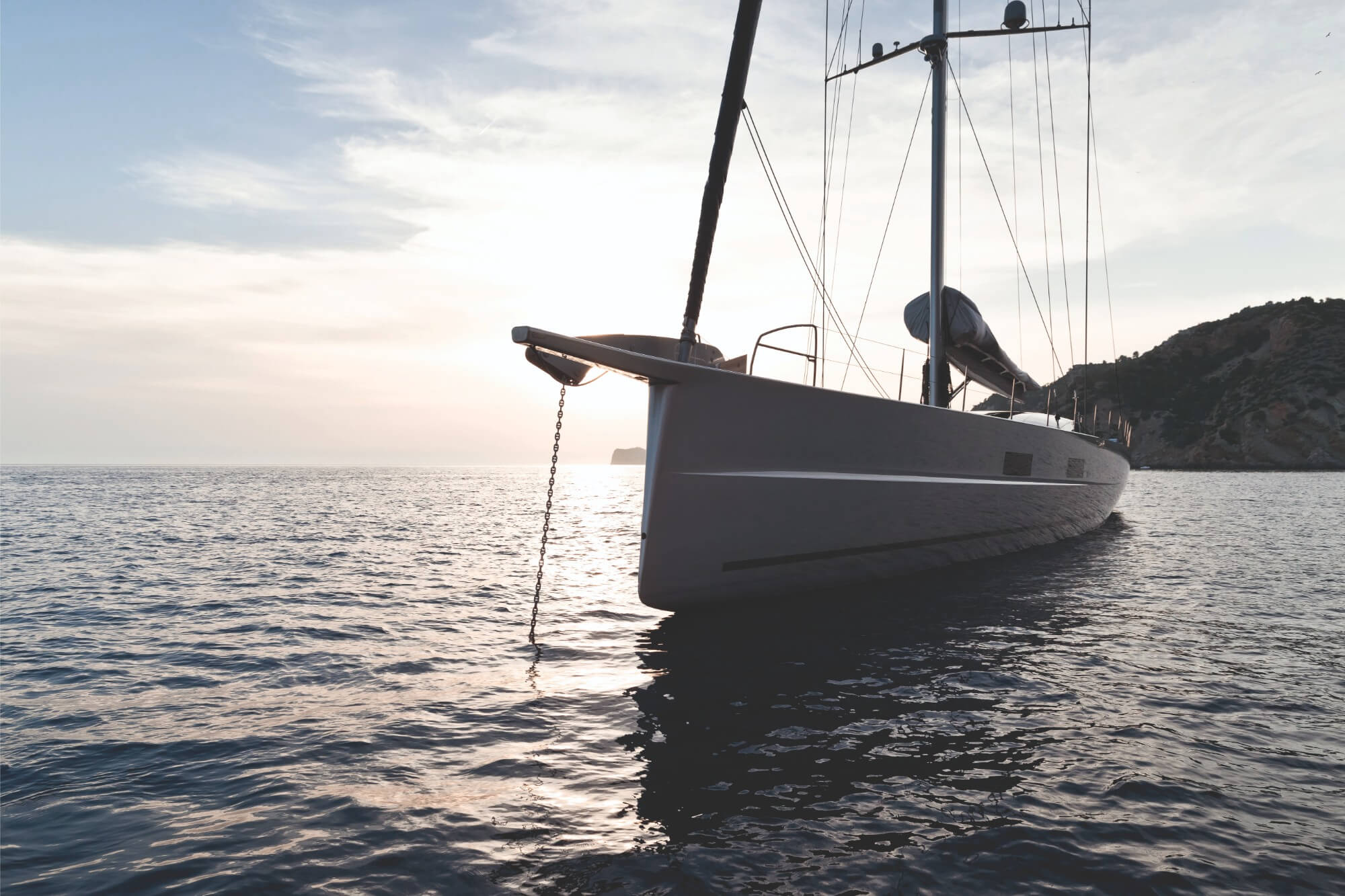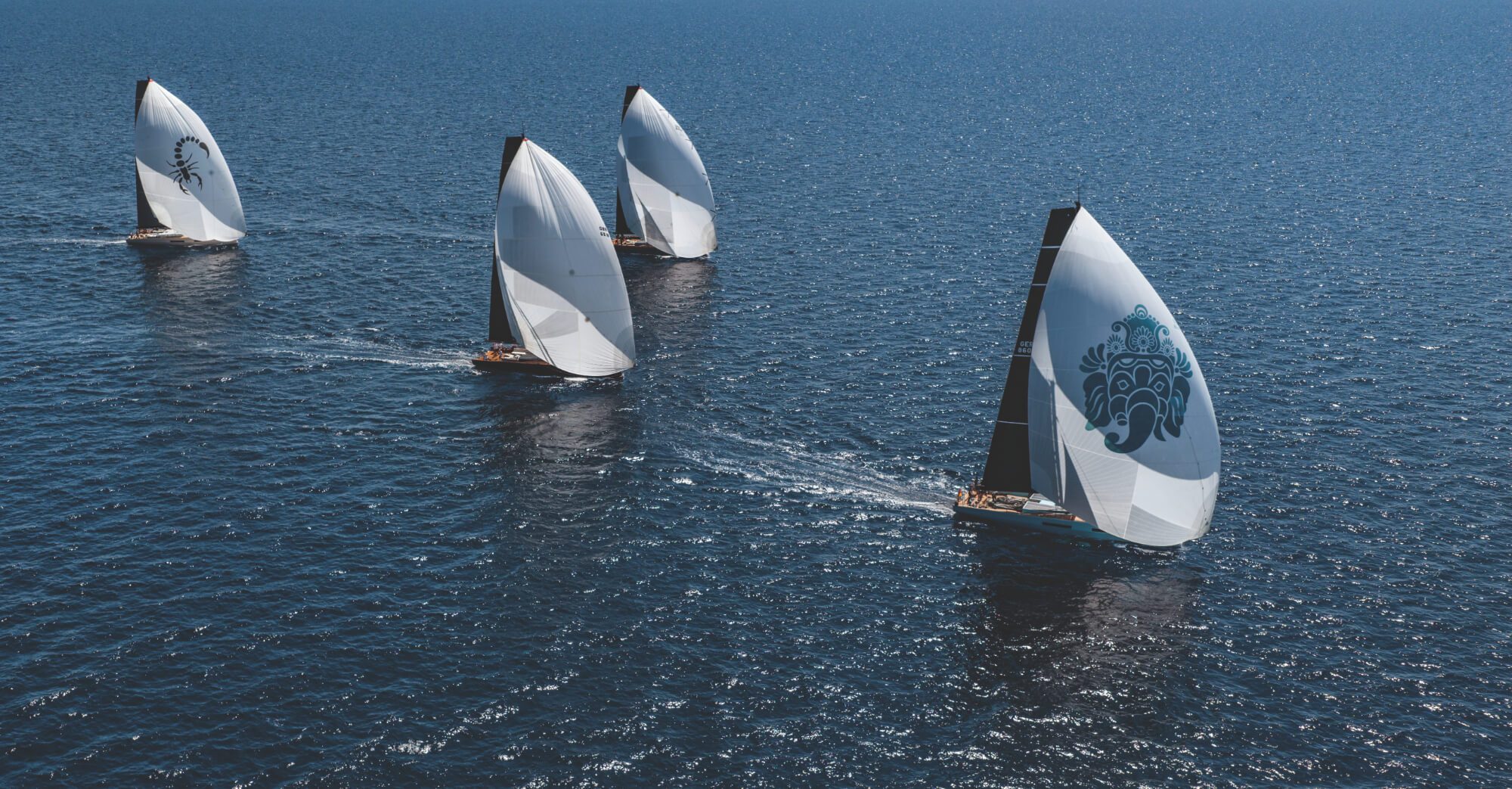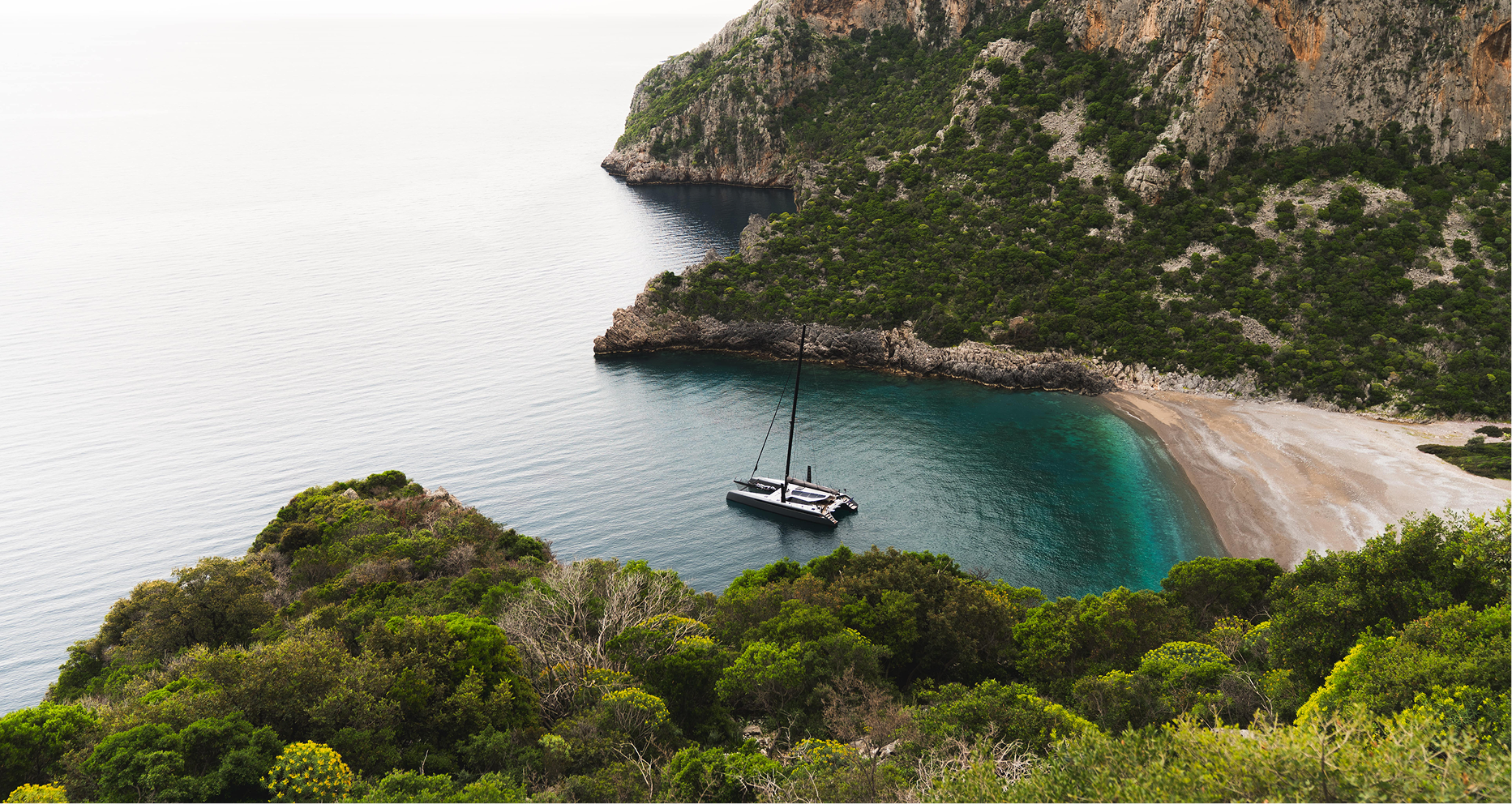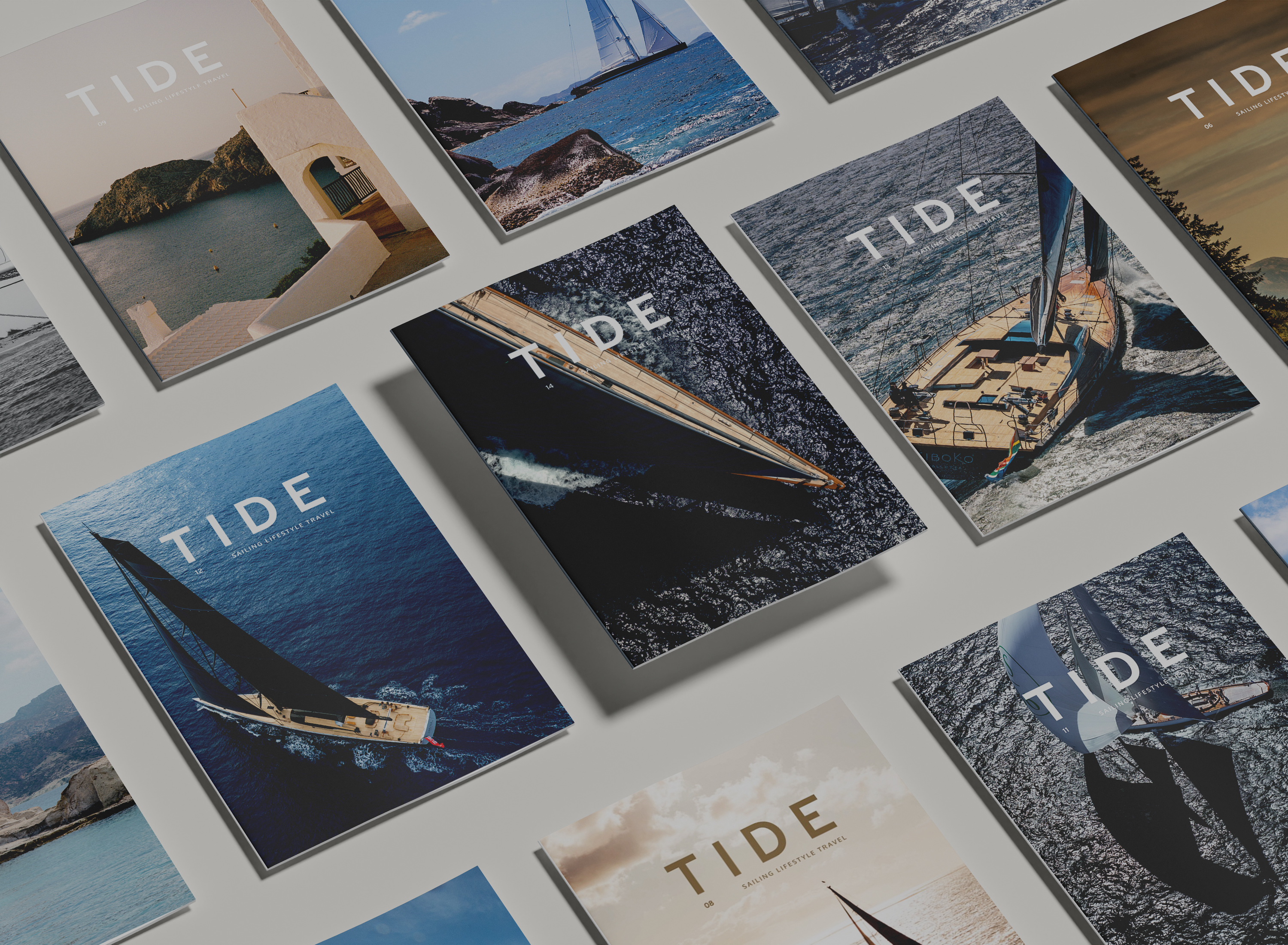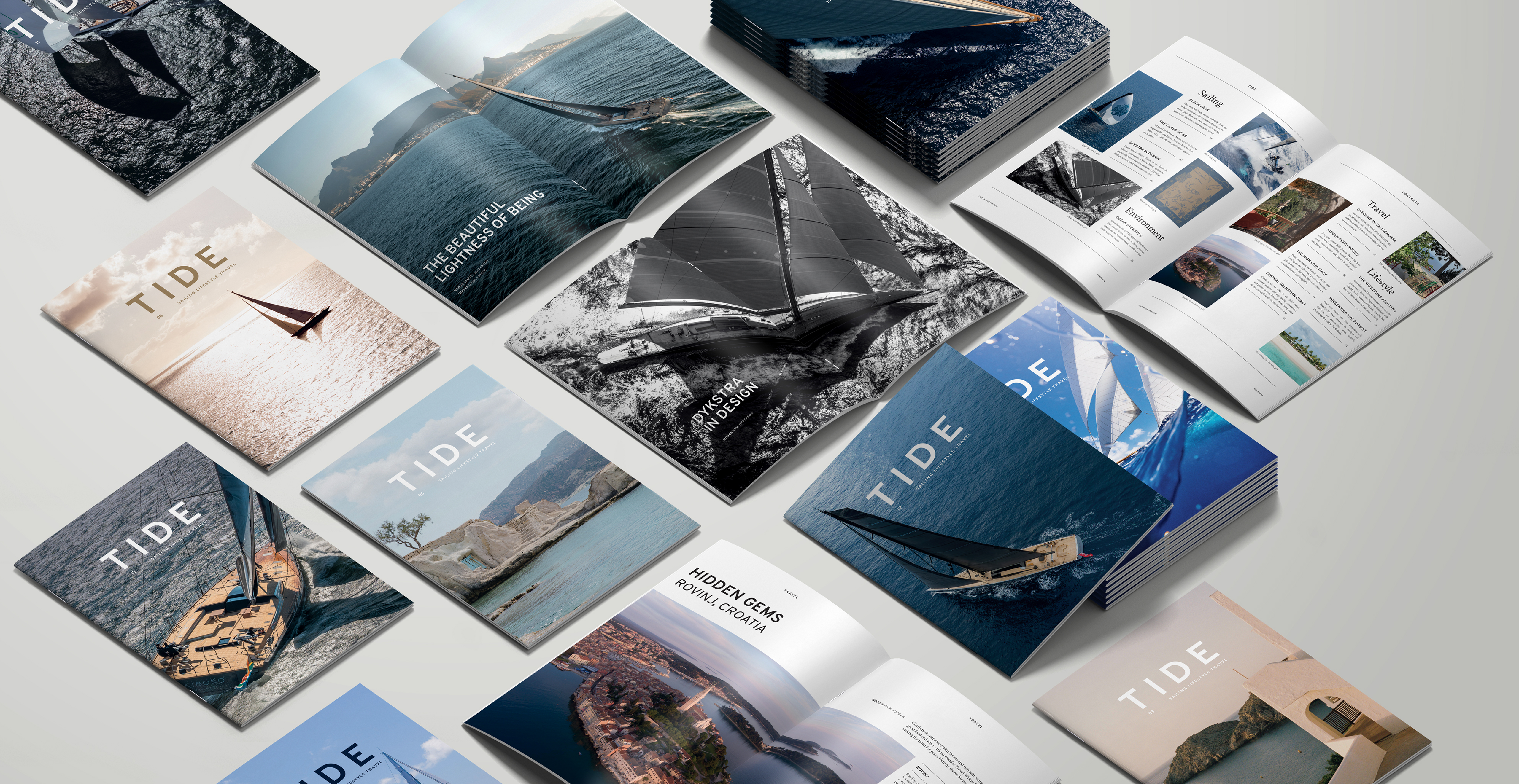Designing a beautiful yacht takes more than just technical nous; the naval architect must master the fine art of achieving equilibrium. That delicate precarious struggle between speed, comfort, style and practicality. The designer is always walking a tightrope as they try to find the magic formula. It’s a fine art and only a true artist can create a masterpiece.
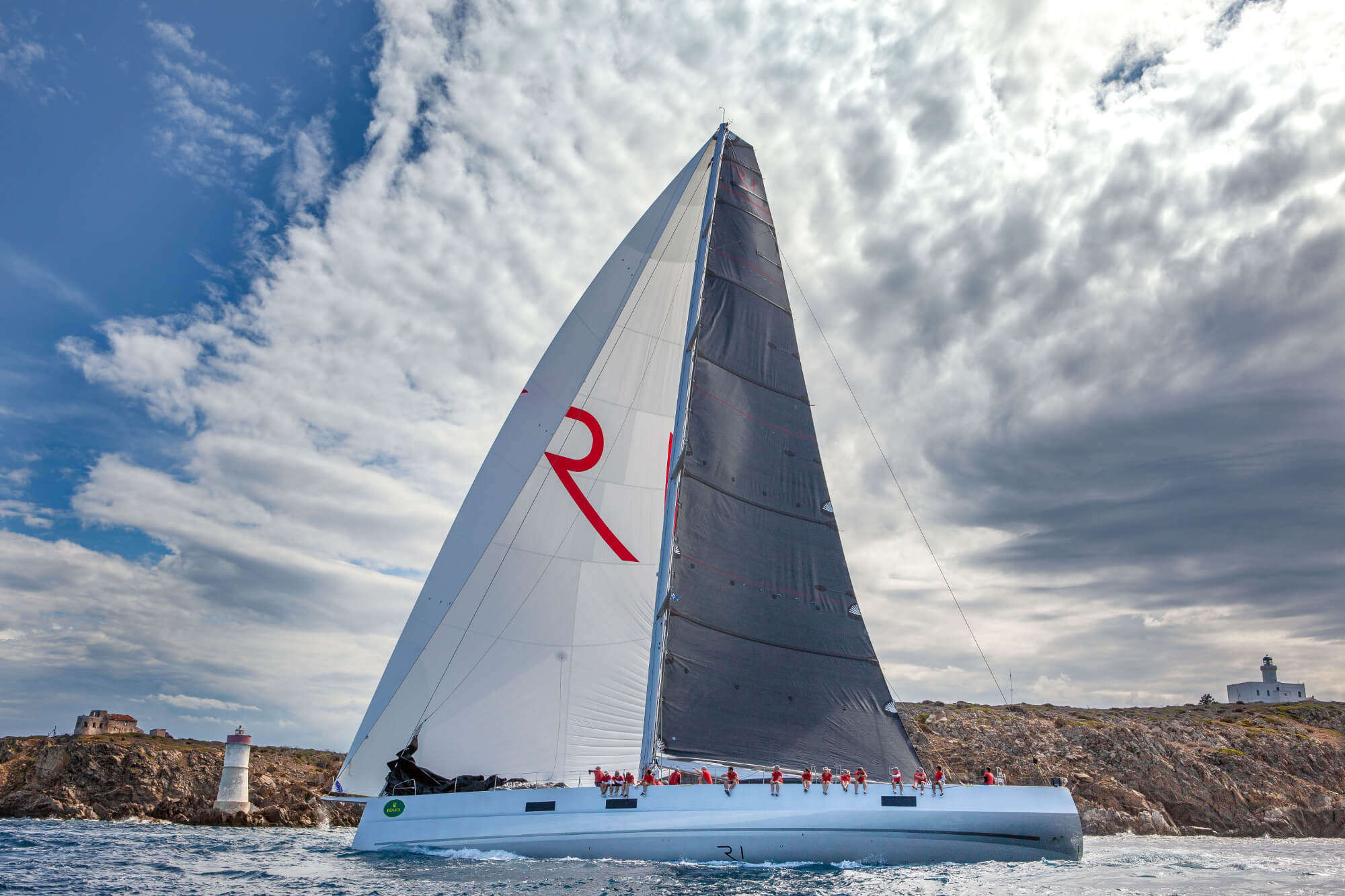
Ribelle is an example of that fine art realised at the highest level. Designer Malcolm McKeon (see page 34) was commissioned to draw up the lines for a 107’ high-performance yacht that could win regattas yet also be cruised comfortably. Meanwhile, interior designer Remi Tessier was asked to design an interior that was stylish and contemporary but also harked back to a more elegant, gilded age.
The results were startling and Ribelle has turned heads ever since she was launched by Dutch shipyard Vitters back in 2017. She is a lightweight, carbon-hulled greyhound of the seas, capable of speeds of more than 20kn. Skipper Federico Biatturi has been with the boat since her launch and also spent many years working with the original owners on her design and commission. “She’s a beauty and to my mind a very well balanced design with plenty of attention to detail,” he says when asked what the boat means to him. “We have participated in the Med Regattas, including Superyacht Cup Palma, Loro Piana and the Armani Cup in Porto Cervo, Maxi Worlds in Porto Cervo and also in the Les Voiles de St Tropez. She is a great sailing yacht, lots of fun to race very competitively; she’s won several regattas and always finishes within the top three.”
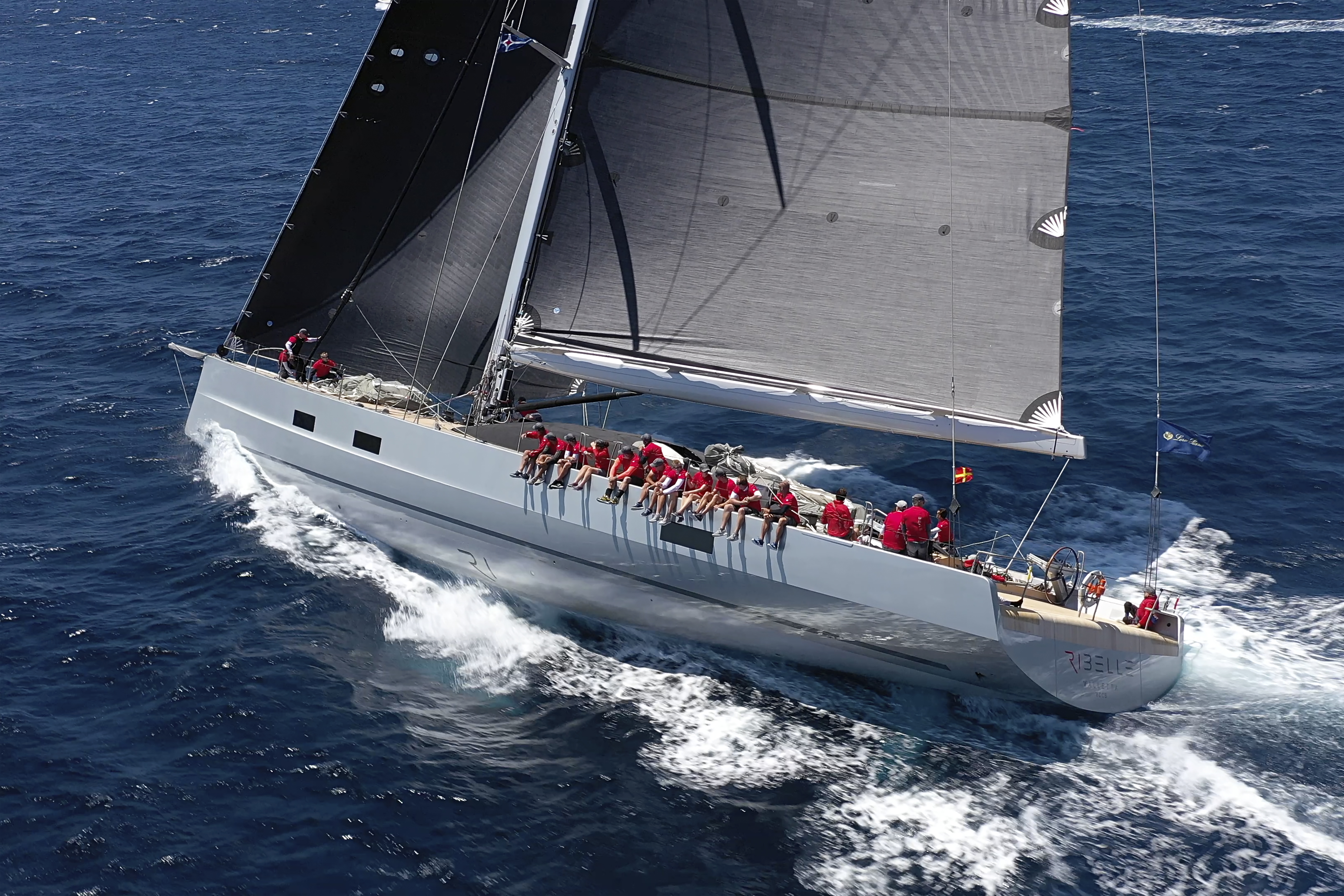
Indeed, Ribelle’s performance is strong, yet it is perhaps her styling that truly sets her apart; the coachroof is a domed glass canopy that bathes the interior in light, while also segueing effortlessly between the outdoor lounging area and saloon. The interior design is very distinctive and actually ‘gave everyone involved in the project a challenge’, as Biatturi explains. “The interior was particularly detailed. In terms of styling, they wanted a warm feeling of being on a sailboat and not in an apartment so the idea was to design something that resembled a classic style in a modern yacht.” To this end, Tessier decided to work with traditional materials; leather, copper and teak to create a unique ambience. “It’s a lovely interior with an impressive amount of detail,” says Biaturri.
The use of copper presented a new challenge for the boatbuilder, Vitters, as its owner and General Manager Louis Hamming explains. “The copper finish was a new sort of test for us,” he says. “Normally it would turn green in no time in a salt environment and we had to find a way to treat the metal, yet keep the copper tone and look.” Another challenge for Vitters was to work on sound deadening. Lightweight carbon fibre yachts are notably noisier at sea, so particular attention was paid to this problem. “From the start we used a vibration consultant to ensure we built a quiet boat,” Hamming continues. “To achieve this we used a wide array of insulation materials and methods to reduce the waterborne noise and make the yacht comfortable to sail and to be on.”
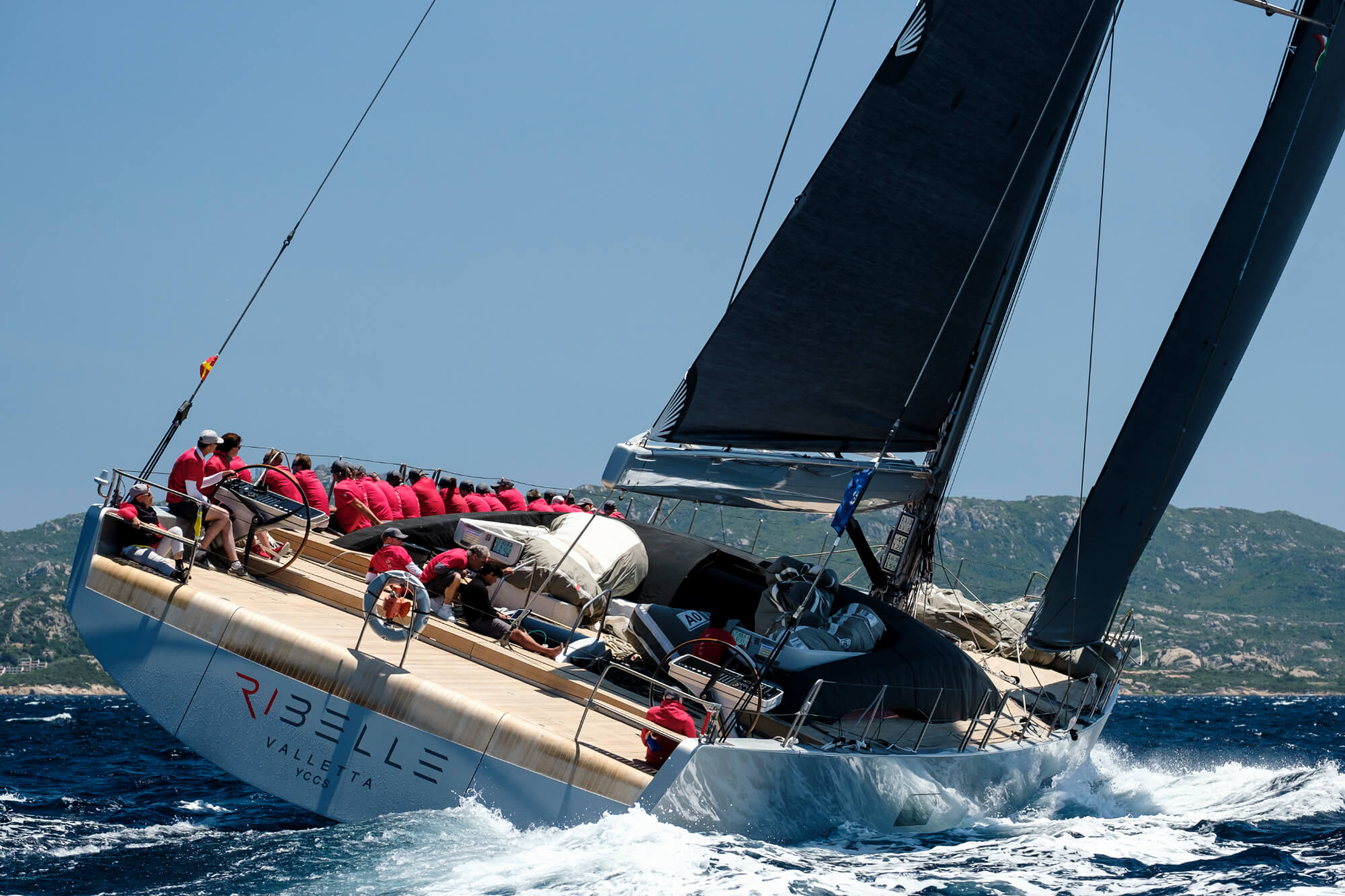
The basic layout features a huge deck saloon with that distinctive glass roof set off by an extraordinary lattice framework of copper beams. From here you descend down to a master suite set in the bow with two guest cabins just aft. Towards the stern of the boat is a sizeable galley plus crew quarters and a separate crew mess. It’s a versatile arrangement and a key feature is that the galley is as easily accessible to the guests as it is to the crew. This is a shared area.
Ribelle’s current and previous owners have kept the boat on the traditional Superyacht Med circuit for the summer months, followed by a transatlantic dash in the autumn and winter in the Caribbean. Regattas are an important part of Ribelle’s season but laidback cruising is still a big part of life aboard and Biatturi has an itinerary planned for the summer that takes in the Balearics in June and Sardinia and the Italian coast in July and August. In previous years they have ventured further east to Turkey and Greece.
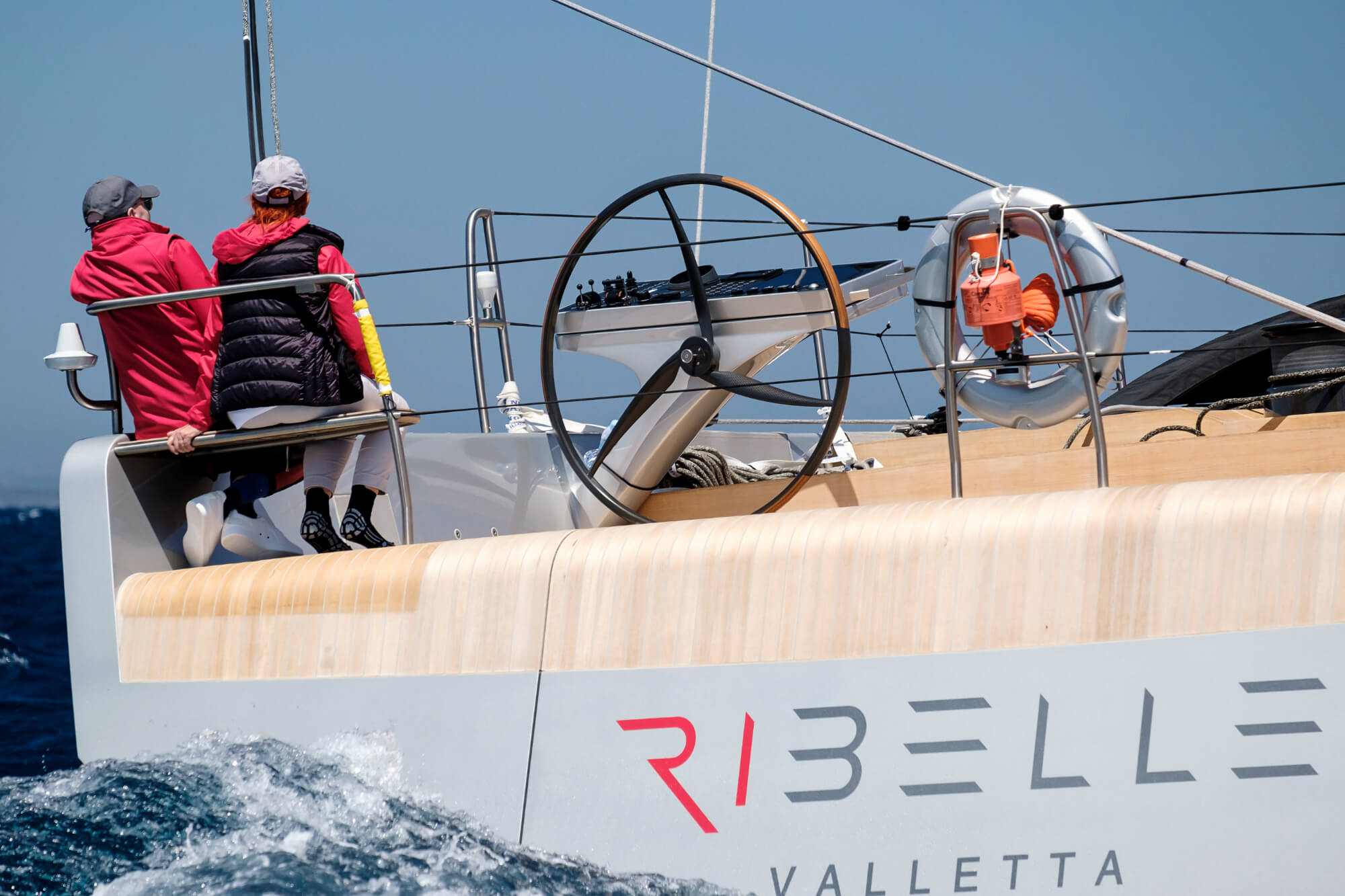
Biatturi’s favoured cruising ground is the east coast of Sardinia where a combination of good breezes and flat water allows the boat to hit her full potential. Over six seasons of sailing, Biatturi has come to know the boat extremely well and remains impressed by her performance. “Her sleek lines and lightweight carbon hull and titanium fittings let her sail fast even in a light breeze,” he says. “She’s great fun and an easy boat to sail, particularly in cruising set up. When we are cruising we have a simple configuration with a self tacking Jib, which means three crew can sail her. When we go racing we change the set up completely and we generally carry between 16 and 20 crew. That’s when we push her to peak performance.” On more leisurely cruises, she usually sails with a crew of five, while a popular recent addition has been a Riva chase boat which Biatturi has really enjoyed. “When you arrive in port with the two boats side by side it’s a really arresting sight,” he says. “They are both beautiful in their own ways and the Riva also gives us a bit more versatility in our itineraries when cruising, which is great.”
The Vitters team has been very pleased with the result of their work and, despite her now being seven years old, there are no plans for refit work. “We have not done any real refits.” Hamming says. “Components that needed to be replaced due to wear and tear have been replaced but that is all. Ribelle is still state of the art both in hull form and also in interior styling. She is a yacht you would build again today. Of course there would be changes, but just minor adjustments to make her state of the art in outfit – no major changes.”
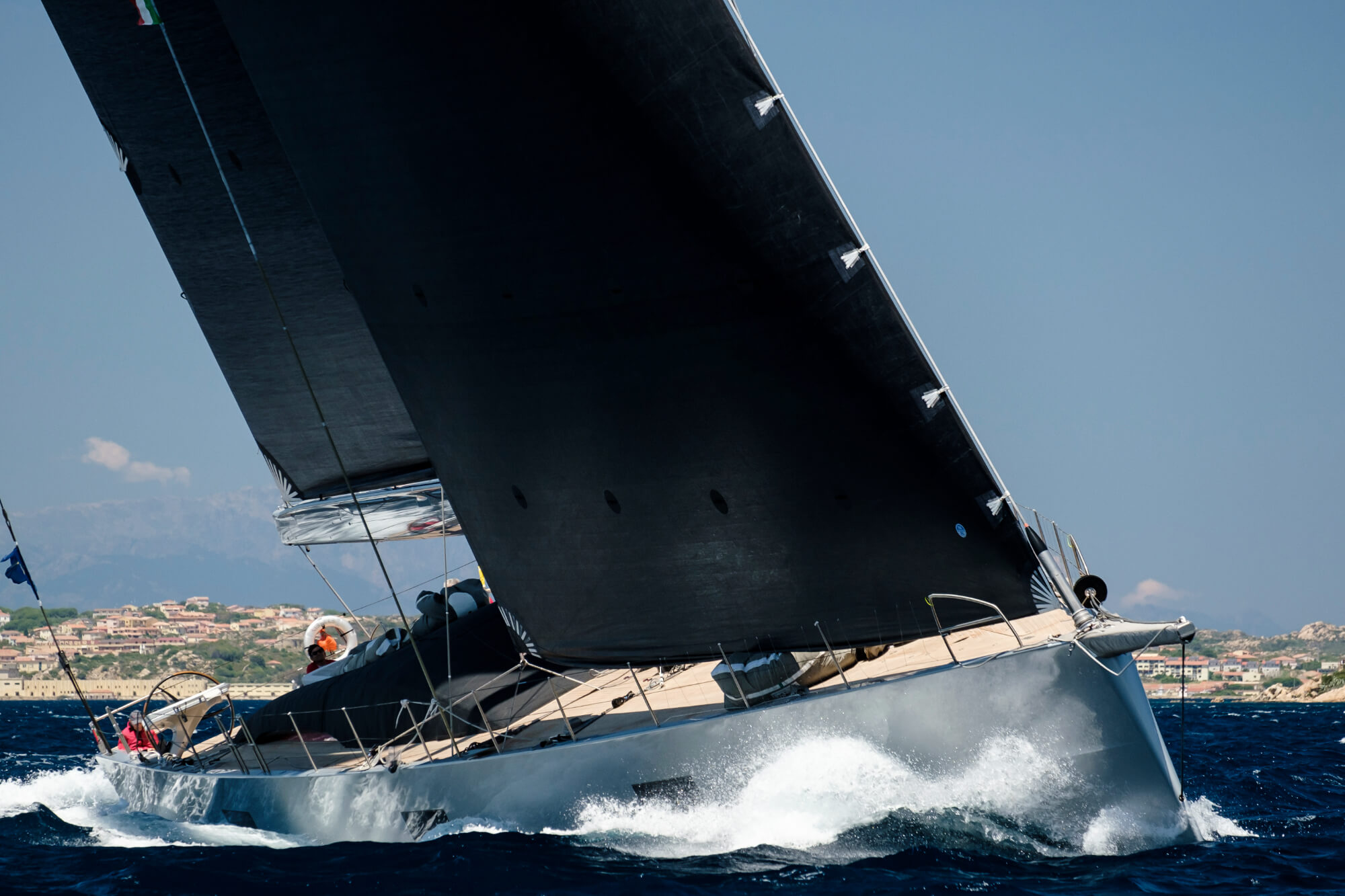
As for Biatturi, he remains in love with his command. “She was a real passion, taking three years to put together. I was there every step of the way and I’m still here now so, yes, I think you can say that I still enjoy navigating her.”


